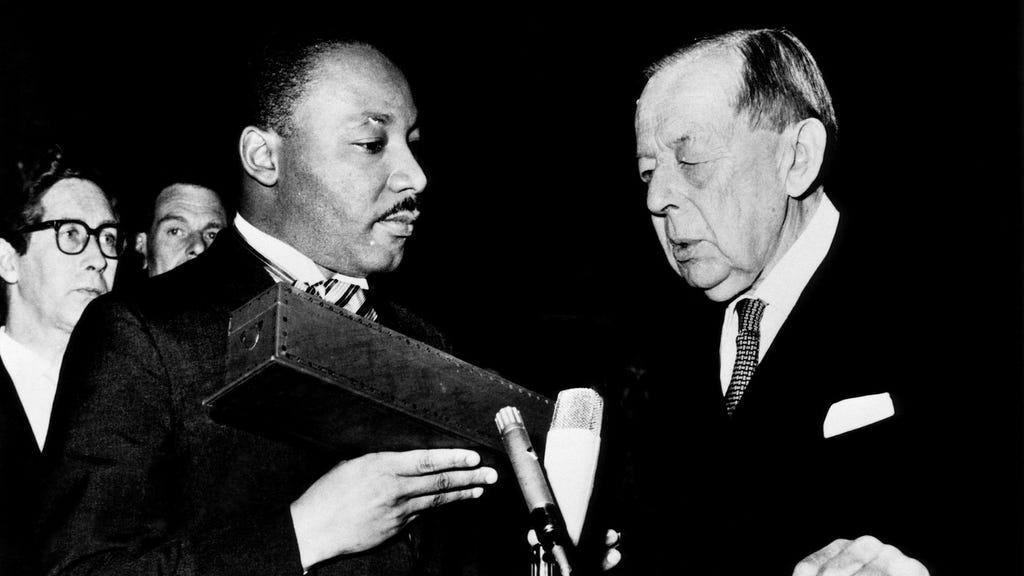The year 1950 marked a tragic turning point in the fight for civil rights in Montgomery, Alabama. Hilliard Brooks, a Black Navy veteran, was shot and killed by police after refusing to comply with the city’s segregation laws on public buses. This incident, though sparking temporary protests, foreshadowed the momentous events that would unfold five years later. The backdrop to this tragedy was the gradual erosion of Black Americans’ rights following the Reconstruction era. White Americans, as historian Eric Foner suggests, simply grew weary of the issue of racial equality, paving the way for Jim Crow laws and the segregation that permeated every aspect of Southern life. The indignities suffered by Black citizens, like being forced to enter buses through the back door despite paying the same fare, became commonplace, normalized injustices that fueled the growing discontent.
The year 1955 brought the simmering tensions to a boil. A group of Black women, tired of the daily harassment and racist abuse they endured on their long commutes to work in white households, initiated a bus boycott. This pivotal action, sparked by Rosa Parks’ refusal to give up her seat to a white passenger, became a symbol of resistance and a catalyst for change. The city of Montgomery, in an attempt to quell the burgeoning movement, resurrected an old anti-labor law, charging 89 Black leaders, including a young Baptist minister named Martin Luther King Jr., with ”inciting” the boycott. This legal maneuver backfired spectacularly, propelling King into the national spotlight and solidifying the boycott as a pivotal moment in the Civil Rights Movement. The boycott, meticulously organized with carpools and alternative transportation, crippled the city’s bus system and demonstrated the power of collective action.
The Montgomery bus boycott served as a crucible, forging King’s leadership and laying the groundwork for the broader Civil Rights Movement. His eloquence, strategic brilliance, and commitment to nonviolent resistance galvanized the Black community and garnered national attention. The boycott, lasting over a year, ultimately led to the Supreme Court’s ruling declaring Montgomery’s bus segregation laws unconstitutional. This victory, hard-won and steeped in sacrifice, resonated far beyond the city limits, inspiring similar protests and legal challenges across the South. The boycott, a testament to the power of grassroots activism, underscored the transformative potential of organized resistance against systemic injustice.
Nine years after the Montgomery bus boycott, Martin Luther King Jr. stood in Oslo University’s auditorium, accepting the Nobel Peace Prize. His acceptance speech, delivered on December 10, 1964, was not a personal triumph but a tribute to the collective struggle of the Civil Rights Movement. He emphasized that the prize belonged to the movement and dedicated the award money to its organizations. King’s words, infused with his characteristic optimism despite his personal struggles with depression, expressed unwavering faith in America and the future of humanity. This acceptance speech, a powerful articulation of his philosophy of nonviolent resistance, served as both a reflection on past struggles and a call to action for the future.
King’s unwavering faith was not misplaced. The Montgomery bus boycott and subsequent events, such as the Selma to Montgomery marches for voting rights, demonstrated the potential for rapid social change. These movements, fueled by the collective action of countless individuals, forced a reckoning with the deeply ingrained racism of American society. King’s powerful oratory, particularly his “How long? Not long!” speech in Selma, captured the spirit of the times and resonated with the yearning for justice. His evocative metaphor of the moral arc of the universe bending towards justice, though sometimes ridiculed, encapsulated the movement’s unwavering belief in the eventual triumph of good over evil. These collective actions, far from being isolated incidents, represented a groundswell of support for civil rights and a growing national awareness of the injustices faced by Black Americans.
The period between Rosa Parks’ arrest and President Lyndon B. Johnson’s signing of the Voting Rights Act in 1965, a mere decade, witnessed a remarkable transformation in American society. This period of intense activism, punctuated by both triumphs and tragedies, reshaped the political landscape and brought about fundamental changes in the legal framework of the nation. The Voting Rights Act, the culmination of years of struggle, ensured the right to vote for all citizens, regardless of race. This landmark legislation, a testament to the power of sustained activism, dismantled discriminatory practices that had long disenfranchised Black voters. The rapid shift in public opinion and the legislative victories achieved during this era highlight the transformative power of collective action and the enduring legacy of the Civil Rights Movement. The progress made, while significant, also served as a stark reminder of the fragility of these gains and the constant vigilance required to protect and expand upon them.














